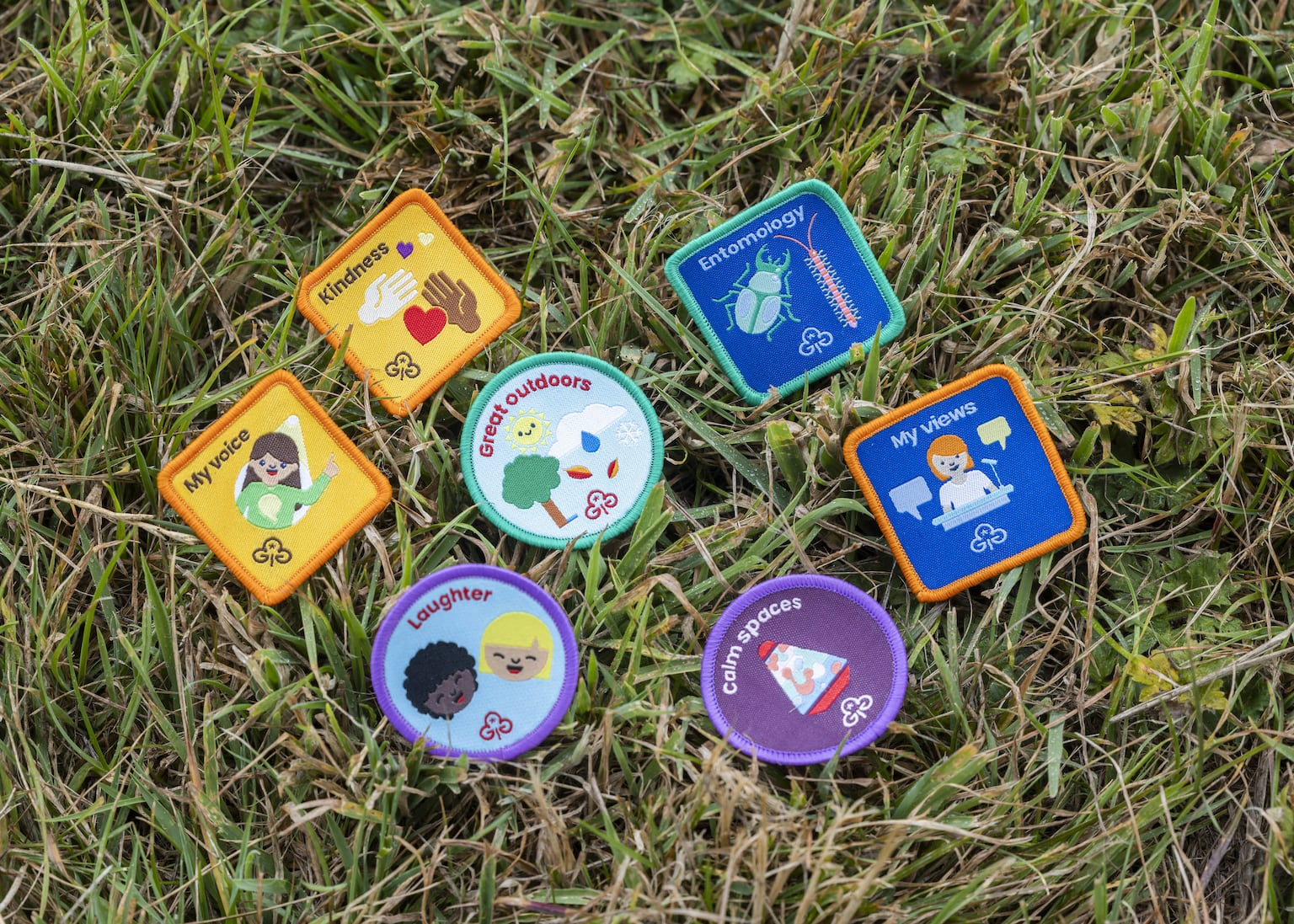New Badges for Girl Guides Encourage Creativity and Confidence
Girlguiding, a leading organization for young girls in the UK, has introduced an exciting range of new badges that celebrate a wide array of activities and skills. These badges are designed to encourage girls aged four to 18 to explore their interests, develop new abilities, and express themselves in creative ways.
The initiative includes 72 new badges, co-designed by over 20,000 girls and volunteers. These badges will be available across the various sections of the organization: Rainbows, Brownies, Guides, and Rangers. The goal is to provide a more diverse and engaging experience for participants, allowing them to earn recognition for achievements that go beyond traditional skill sets.
A Focus on Wellness, Self-Discovery, and Adventure
The new badges are divided into different categories that promote wellness, self-discovery, learning, and adventure. Girls can now be recognized for completing challenges such as getting a good night’s sleep, critiquing food, discovering a new hobby, or planning a holiday. They can also earn badges related to practical skills like mechanics and entomology, as well as social skills like hosting a party.
One of the key aspects of this program is its emphasis on personal growth and confidence-building. The badges encourage girls to engage with their environment, learn about themselves, and take on new challenges. This approach aligns with the broader mission of Girlguiding to support girls in becoming confident, independent, and empowered individuals.
Involvement from Girls and Volunteers
The development of these badges was a collaborative effort involving thousands of girls and volunteers. Over 4,000 badge design ideas were submitted by participants, and more than 11,000 girls from 753 Girlguiding units across the UK tested the badges. This extensive input ensured that the final product reflects the interests and needs of the girls who will be using it.
The initiative was also driven by the requests of girls who wanted more choice in the program. They expressed a desire for activities that address global issues like climate change, help build confidence, and allow them to discuss their interests and “fandom” groups.
Different Badges for Different Age Groups
Each age group has its own set of badges tailored to their developmental stage. For example, the youngest members, the Rainbows, can earn the “bee rescuer” badge by helping the environment or sharing their “guiding sparkle.” Brownies have a new version of the “hostess” badge called “celebrations,” which involves hosting a party and providing food, activities, and decorations.
Guides can earn a “thrift” badge by customizing, repurposing, and recycling objects. These badges not only teach practical skills but also promote environmental awareness and creativity.
Support from High-Profile Ambassadors
Broadcaster and presenter Angellica Bell has joined Girlguiding as an ambassador to support the launch of the new badges. She praised the initiative, highlighting the importance of giving girls opportunities to have fun while learning and growing. Bell emphasized the need for girls to have a voice and be encouraged to tackle challenges.
She also commended Girlguiding for creating a safe and welcoming space for all girls. She noted the organization’s efforts to address critical issues such as online harm, sexism, and misogyny, and expressed her commitment to using her platform to advocate for equality and empowerment.
Partnerships with Experts and Organizations
The badge activities were developed in collaboration with Girlguiding’s youth panel, Amplify, which consists of 30 girls aged 12 to 18. Additionally, seven partner organizations contributed to the development of specific badges. For instance, The Royal Horticultural Society helped create the gardening badge for Rangers, while Bletchley Park contributed to the codebreaking badge for Guides.
Amanda Azeez, acting chief executive of Girlguiding, described the launch of the new badges as a significant milestone. She highlighted the importance of involving girls in the design process to ensure the program remains relevant and meaningful to them. She expressed excitement about the potential impact of these activities on girls’ confidence and aspirations.







